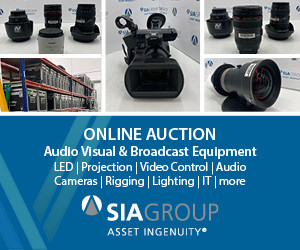OLED question and answer
Q: What is OLED?A: OLED stands for Organic Light Emitting Diode. OLEDs are relatively simple in structure, made up of an electrically active organic material sandwiched between an anode (a electron-releasing electrode) and a cathode (an electron-receiving electrode). When an electric current runs through the system, the anode sends electrons to the...


















